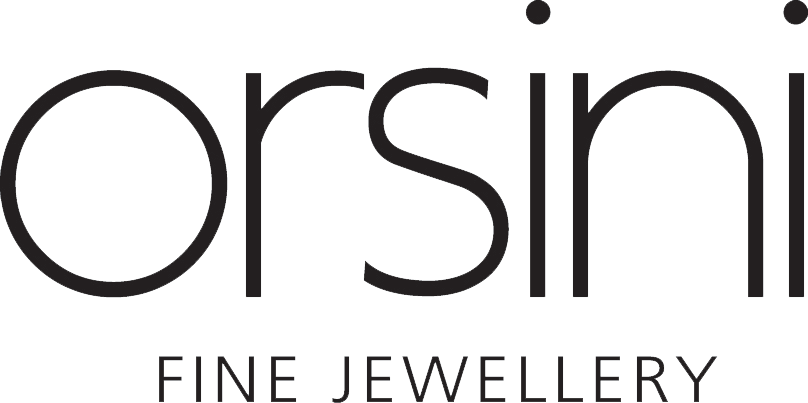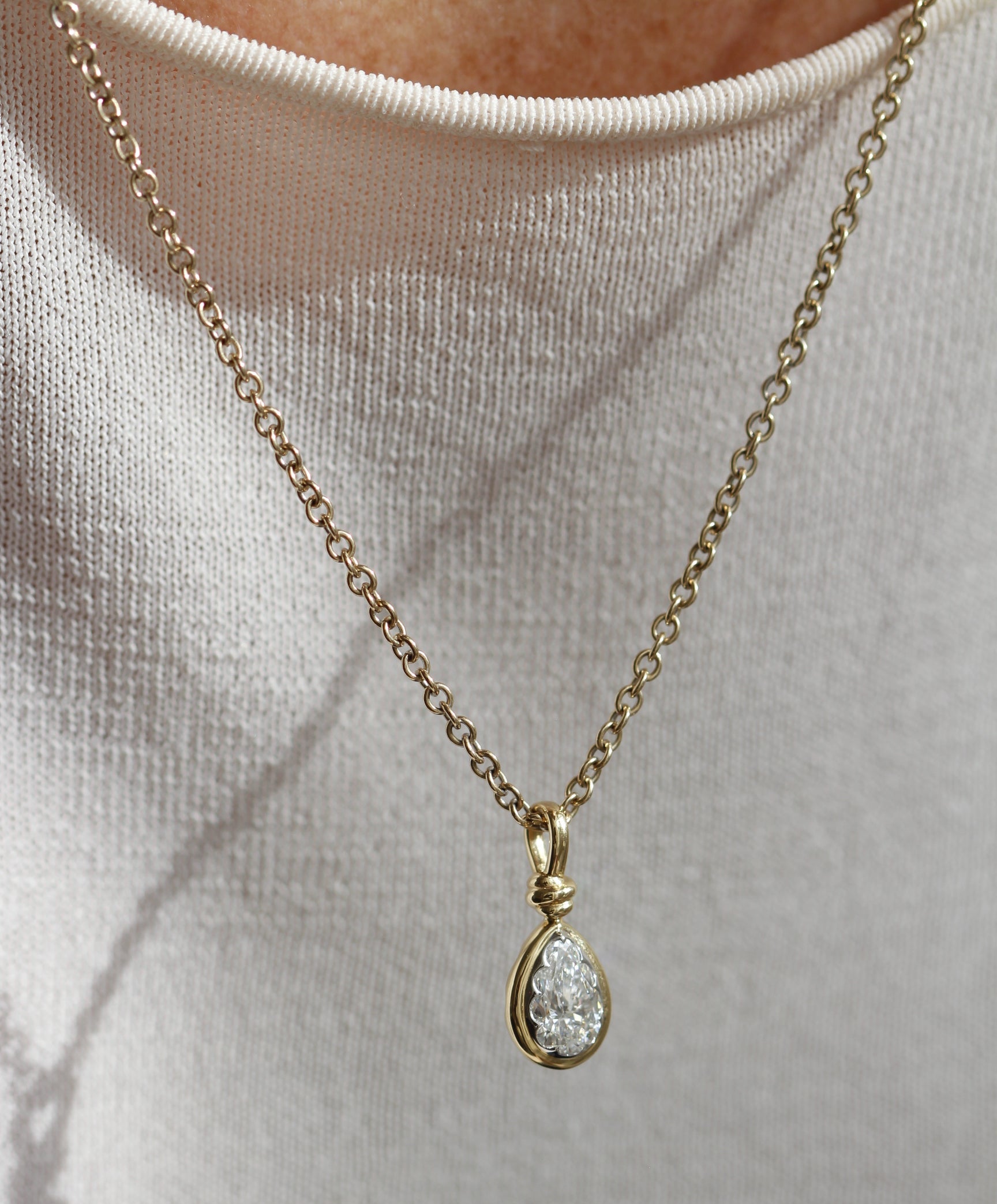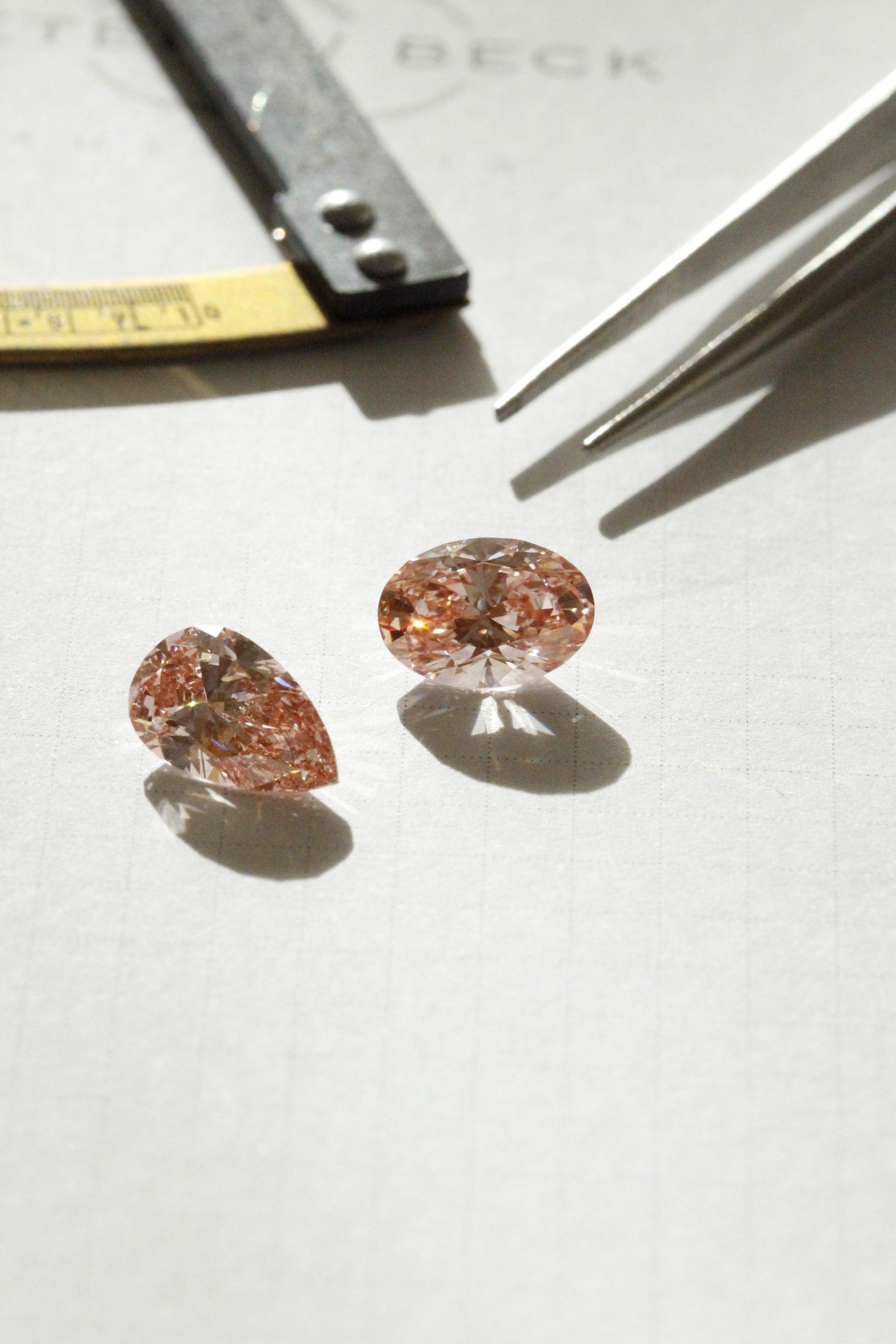
A Comprehensive Guide to the 4 C’s of Diamonds and Why They Matter
The Ultimate Guide to Diamonds
At Orsini our newer customers often ask: what is meant by the term ‘the 4 C’s of diamonds?’, and ‘what exactly does it mean when it comes to diamond certification, appraisal and grading?’ A lot as it turns out, and it’s essential to understand the 4 Cs when you’re shopping for a diamond to add to your engagement ring or fine jewellery collection.
With that in mind, welcome to the comprehensive Orsini guide to understanding the 4 Cs of diamonds - cut, colour, clarity, and carat weight - and how they impact a diamond's value, appearance, and suitability for use in an engagement ring.
When did the 4 C’s first come about?
Originally, there was no agreed-upon standard by which diamonds could be evaluated. Traders and jewellers used terms such as water to describe diamonds that were the most colourless, and Cape to describe pale yellow diamonds from South Africa’s Cape of Good Hope. A diamond’s cut was simply described as “made well” or “made poorly”, with little in between.
Then in the 1940s, Robert M. Shipley, the founder of Gemological Institute of America, coined the now-famous term 4Cs to help his students remember the four factors that characterise a faceted diamond: colour, clarity, cut and carat weight. The concept was simple, but revolutionary.
The creation of the Diamond 4Cs meant diamond quality could be communicated in a universal language, and customers could now know exactly what they are purchasing. Today, the 4Cs of Diamond Quality is the universal method for assessing the quality of any diamond, anywhere in the world.
What exactly is a diamond’s cut?
We often think of a diamond’s cut simply as its shape, but what it actually means is how well a diamond’s facets interact with light, how it captures that light and harnesses it for intense sparkle and more.
Precise workmanship is required to fashion a stone so its proportions, symmetry and polish deliver the dazzling light only possible in diamonds, and achieving the best cut reflects in the final beauty and value. And of all the 4Cs, cut is the most complex and technically difficult to analyse.
A stone’s proportions allow the GIA to evaluate what the best cut for a diamond is, by studying how successfully a diamond interacts with light to create visual effects, such as:
Brightness: Internal and external white light reflected from a diamond
Fire: The scattering of white light into all the colours of the rainbow
Scintillation: The amount of sparkle a diamond produces, and the pattern of light and dark areas caused by reflections within the diamond
What is a diamond's colour grade?
In the case of diamonds we should probably say: lack of colour! Diamond colour evaluation is based on the absence of colour, with a pure and structurally perfect diamond having no hue, like a drop of pure water, and consequently, a higher value. Many diamond colour distinctions are so subtle that they are invisible to the untrained eye; however, they make a very big difference in diamond quality and price.
The colour-grading scale begins with the letter D, representing colourless, and continues with increasing presence of colour to the letter Z, or light yellow or brown.
What is diamond clarity?
Put simply, diamond clarity refers to the absence of inclusions and blemishes in a given stone, all of which are inextricably linked with a diamond’s formation. But what are these inclusions and blemishes in diamonds, and how did they get there?
Natural diamonds are the result of carbon exposed to tremendous heat and pressure deep in the earth, which can result in a variety of internal characteristics called ‘inclusions’ and external characteristics called ‘blemishes.’
Evaluating diamond clarity involves determining things like the number, size, and position of these characteristics, and how they affect the overall look of the stone.
The GIA Diamond Clarity Scale has six categories, which your jeweller can talk you through. They are:
Flawless (FL): No inclusions or blemishes visible under 10x magnification
Internally Flawless (IF): No inclusions visible under 10x magnification
Very, Very Slightly Included (VVS1 and VVS2): Inclusions so slight they are difficult for a skilled grader to see under 10x magnification
Very Slightly Included (VS1 and VS2): Inclusions are observed with effort under 10x magnification, but can be characterised as minor
Slightly Included (SI1 and SI2): Inclusions are noticeable under 10x magnification
Included (I1, I2, and I3): Inclusions are obvious under 10x magnification, which may affect transparency and brilliance
What is diamond carat weight?
To put it simply, diamond carat weight measures how much a diamond weighs. A metric carat is defined as 200 milligrams, and each carat is subdivided into 100 points.
All else being equal, diamond price increases with diamond carat weight because larger diamonds are rarer and more desirable. However, two diamonds of equal carat weight can have very different values (and prices) depending on the other factors of the 4 Cs.
And if you’re wondering what the best carat weight is for an engagement ring, again that is totally up to you, your setting and your budget. Having said that, a one carat centre stone has long been the most desired size chosen for engagement rings, but above or below that can be equally as meaningful.
How can I find the perfect diamond setting for me?
At Orsini, the process of helping clients create their dream engagement ring is a true passion for us. We find immense joy in taking an idea and transforming it into a stunning masterpiece, with a dazzling diamond at its core. Throughout this process, we believe that understanding the 4 C's of diamonds is essential.
Our team of experts includes talented jewellery designers, premium diamond graders, gemologists, and master goldsmiths, all of whom are extensively trained. Working collaboratively to bring your vision to life, ensuring that every stage of the process is handled with meticulous precision and impeccable craftsmanship.
We take great pride in our creations and the teamwork that goes into making them. Our team is dedicated to delivering unique and exceptional pieces of jewellery that exceed expectations. We genuinely value the opportunity to work together with you, as we strive to turn your dreams into a beautiful reality.
If you have an idea in mind for your engagement ring, we encourage you to reach out to us. You can contact us at any time or visit our elegant Parnell atelier, where we provide a relaxed and welcoming environment for you to explore the endless possibilities for your diamond design. Our team will be delighted to discuss your ideas, understand your preferences, and guide you through the process of creating a truly remarkable engagement ring that reflects your individual style and love story.











